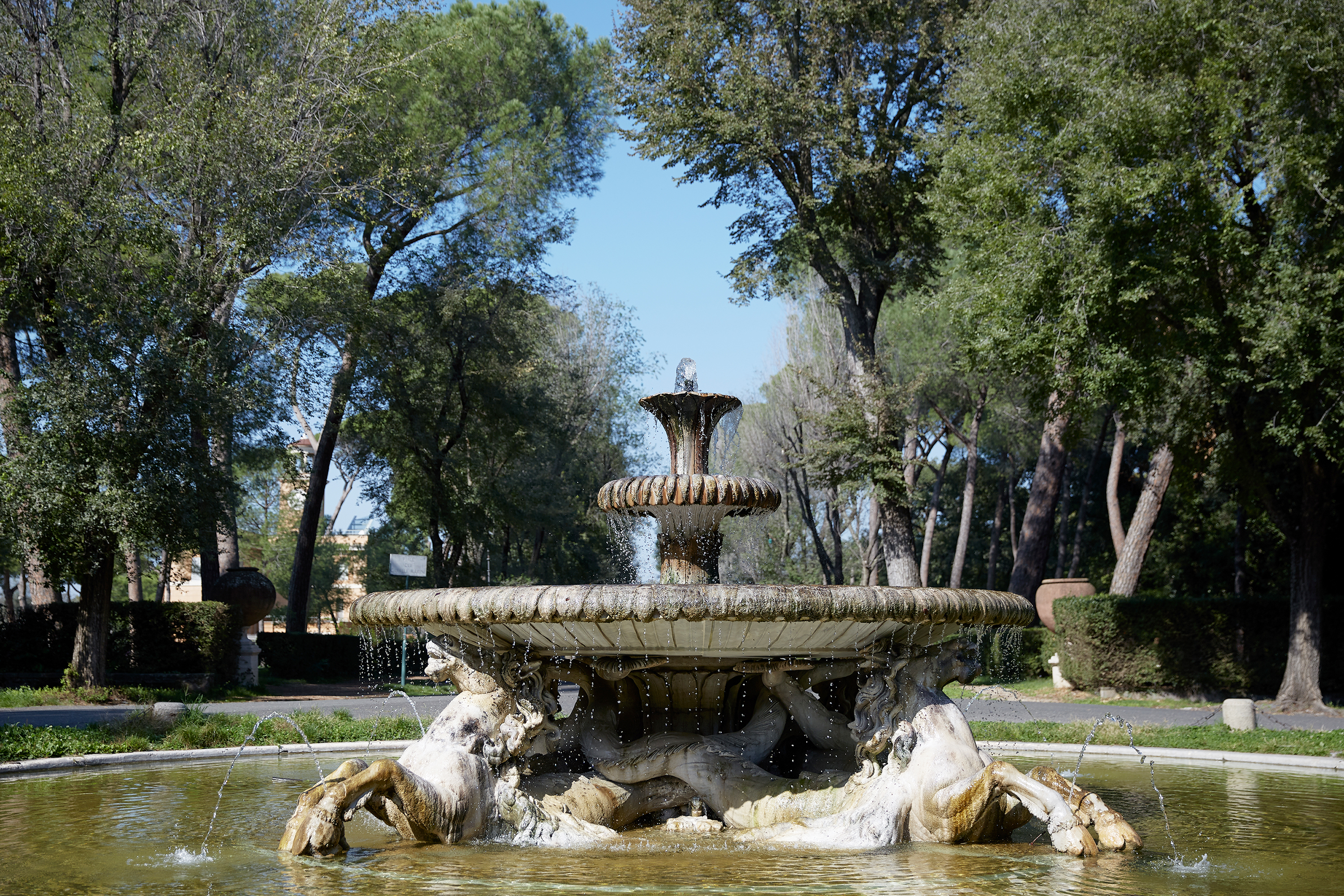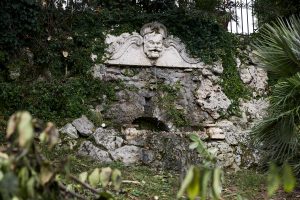

 Visitors to a new country are often wary of drinking the water, especially if it is their first time abroad. In many places, in fact, it is best to avoid drinking water directly from the tap if you are not a local. Luckily, this will never be a concern for Rome! In fact, one of the Eternal City's best traits is the abundance of free-flowing, crystal-clear, and potable water throughout the whole city. But where does all this water come from?
Visitors to a new country are often wary of drinking the water, especially if it is their first time abroad. In many places, in fact, it is best to avoid drinking water directly from the tap if you are not a local. Luckily, this will never be a concern for Rome! In fact, one of the Eternal City's best traits is the abundance of free-flowing, crystal-clear, and potable water throughout the whole city. But where does all this water come from?
Here are a few interesting facts about Rome's iconic water fountains:
-
Ancient Rome's Power
Like many of Rome's structures and inventions, its system for transporting water and its water supply date back to ancient times. Ancient Rome was known as Regina Aquarum (Queen of the Waters) and her numerous fountains were not only decadent and beautiful, but also a display of Imperial power.
-
Triumph over Nature
The truth is, if it weren't for Rome's "triumph over nature", we wouldn't have the sophisticated water distribution systems that we have today. Ancient Rome received all of its water through a network of aqueducts, which used gravity to make the water flow toward the city. The aqueducts were usually built into the hills surrounding the city, underground, and the water was then stored in large cisterns. These cisterns are comparable to modern-day water towers.
-
Aqueducts
The ancient city prided itself on their refined system of aqueducts, dating back to 312 BC. By the 3rd century AD, the city had eleven aqueducts, sustaining a population of over a million. Not only did the Romans use water from plentiful sources such as streams, lakes, and open springs, but they were able to detect water underground based on the area's environmental characteristics.
-
Public Baths
Public bathing was an important social and recreational aspect of life in ancient Rome, and much of the water flowing into Rome was used to supply the city's many public bath houses. These baths ranged from simple structures to extremely luxurious ones with high ceilings, statues, and ornate mosaics. Visiting a public bath house promoted cleanliness, relaxation, and a higher quality of life for all Roman citizens.
-
Today
In terms of water supply, not much has changed since ancient Rome. Today, there are more than 1,500 fountains throughout the city--most of which are located in the historic center--and many others are hidden in the courtyards of Rome's villa gardens and old palaces. But the most convenient aspect of Rome's remaining water systems are that there are over 2,500 fontanelle or "nasoni" drinking fountains in every part of the city. These fountains are continuously running with fresh, cold drinking water. Usually the drinking fountains have a hole on the top of the spout, so if you block the spout with your thumb, the water will stream out of the hole, making it easy to lean down and take a drink. You should also take advantage of this cold, refreshing, free water to refill your water bottle. It is a great feeling to know you can walk around Rome the entire day and never have to spend money on buying bottled water, while also using less plastic!

Alexa Vujaklija (Shearer)
Class of 2015
Communications major
Grew up in the United States, Germany, the Republic of Georgia, Russia, and Bulgaria




